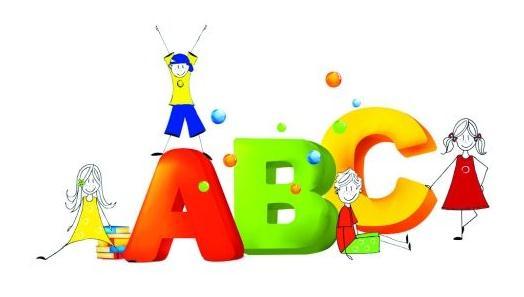
一、限定词的分类
1)前位限定词:
all, both, half; double, twice, three times等;
one-third, two-fifths等;
what, such( a/ an)等。
2)中位限定词:
a (n), the, zero; this, that, these, those; my, your等;
Mary's, my friend's;
some, any, no, every, each, either, neither, enough, what (ever), which (ever), whose等。
3)后位限定词:
one, two, three等;
first, second, third等;
next, last, other, another等;
many, much, (a) few, (a) little, fewer, (the) fewest, less, (the) least, more, most;
several, such等;
plenty of, a lot of, lots of, a great number of, a great deal of, a great/ good many, a large amount of, a great quantity of等。
二、限定词的搭配
1)若一个名词词组后带有三类限定词,则搭配关系为:前位—中位—后位
all the three students
前 中 后
2)若一个名词词组后带有两类限定词,搭配关系仍为:前位—中位—后位
half his lesson all other students those last few boys
前 中 前 后 中 后 后
另外,值得我们注意的是:
1)前位限定词和中位限定词之间互相排斥,所以一个名词前不可并用两个前位或两个中位限定词。
my that pencil(×) that pencil of mine(√)
2) such既属于前位,又属于后位限定词。
such a book(√) many such teachers(√)
3) every既属于中位,又属于后位限定词,位于名词属格或物主限定词之后。
his every idea(√)









